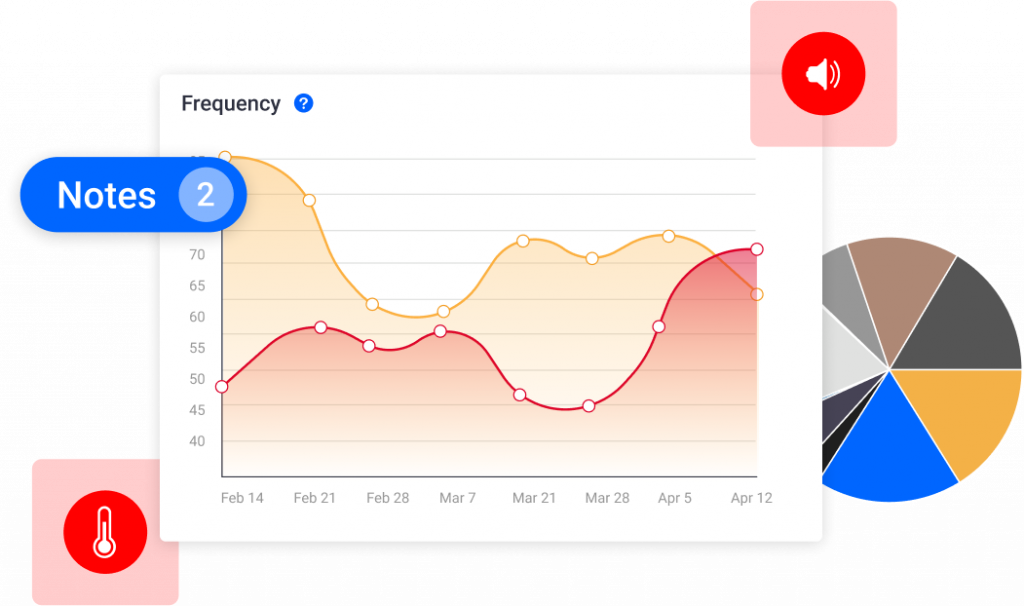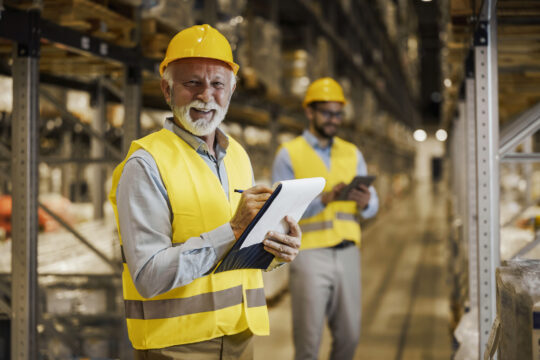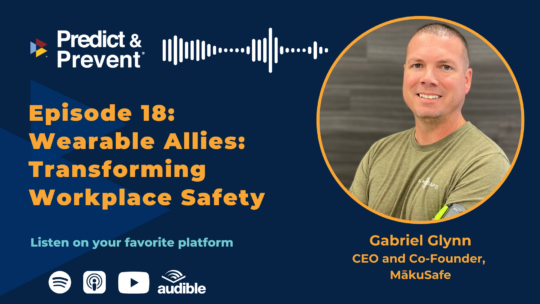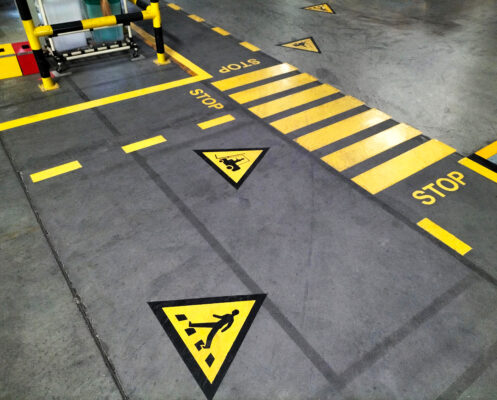MākuSmart Software Update: Trends
June 8, 2021
Are you ready to start focusing on leading indicators vs. lagging indicators for a more proactive approach to safety management? The MākuSmart Trends engine is designed to provide dynamic and adaptive insights into the evolving environment for your workers. Our robust artificial intelligence capabilities allow processing through large volumes of data so users never have to. This enables you to hone in on individual risk indicators to identify improvement opportunities and mitigate potential issues faster. Trends are displayed, by location, allowing you to focus on potentially problematic areas with precision.
The MākuSmart AI engine intelligently generates notifications about emerging trends and patterns based on individual locations across multiple sensors (e.g., motion, noise, air quality, air temperature, and light). This adaptive approach will automatically ‘hide’ locations that did not see any potentially adverse conditions. You have the ability to choose which indicator type (or sensors) your team takes action on. Also, note that reporting features available allow you to easily retrieve the identified historical trends for any number of past weeks to build a comprehensive perspective.

How does MākuSmart determine if a trend is occurring? An example of what determines a trend would be the time between occurrences of indicators over a period of time. For example, MākuSmart may detect an increased rate of occurrence for a specific indicator during the week as compared to the previous 60 days. In the event of a known or previously addressed issue (e.g., example rising temperature in your loading dock area during a hot summer month) an indicator can be snoozed.
Your teams interaction with identified trends in the platform also contributes positively to your MākuScore.
Key points:
- Shows a correlation between time, location, and indicator type(s)
- There may be multiple indicators for a particular location
- A trend can be turned into a hazard, thereby making control/mitigation of it trackable over time





